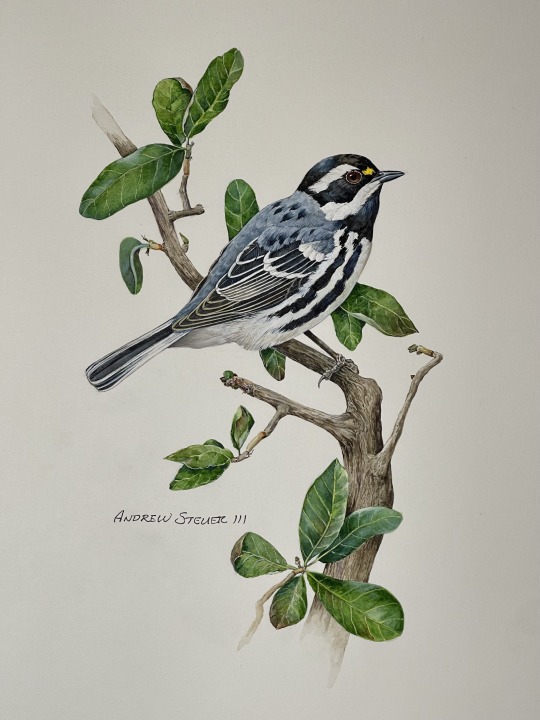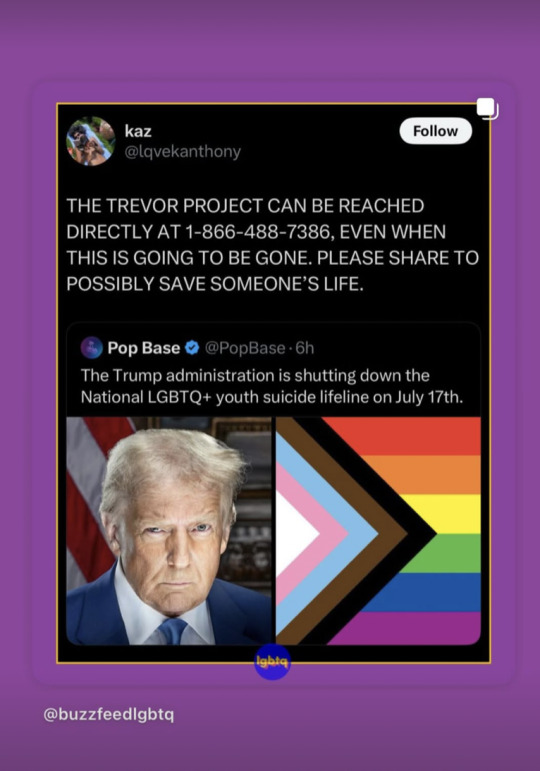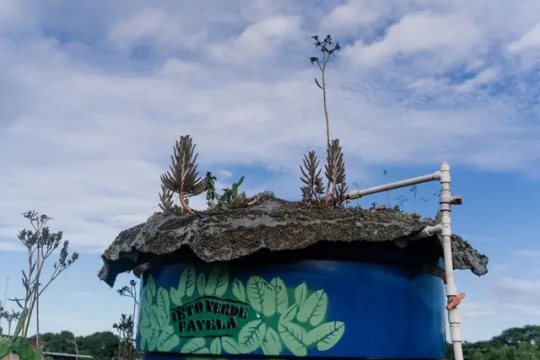Greetings! I am an aspiring novelist, an artist, and a spoonie living with CFS/ME. This is my main blog for rambling and rebloging the many and sundry things I think are cool. Secondary blogs for my own art here: https://paintedriver.tumblr.com/ and my writing here: https://thestorycrab.tumblr.com/
Last active 60 minutes ago
Don't wanna be here? Send us removal request.
Text
Hey there
So I'm putting this out here on behalf of a very dear friend of mine who has been going through an especially rough time for the past 2 years. Cassandra opened her home to me and mine when I didn't have another option, and now that home is in danger of being taken away from her and her family because she can no longer work due to disability.
I know no one here has a personal stake in this, and there's a lot happening in the world with a lot of people going through financial hardship, but Cassandra has provided a couch and a hot meal for multiple queer people who needed to get out of dangerous living situations and get their feet under them somewhere safer, some of which she didn't even know outside their posts -like this one- asking for help. Even now her door has stayed open.
It's just a very tough situation, and while you're certainly not obligated, a donation or a share would be hugely appreciated.
-Jack 🐰🖤
89 notes
·
View notes
Text

It's a beetle!! With a knife!
KNIFEBEETLE is a curated webring of webcomics, so if you are looking for something to read, please check it out! Namesake is on it.
knifebeetle.neocities.org
322 notes
·
View notes
Text

Black-throated Gray Warbler by Andrew Steuer III, watercolor on Arches hot press rag paper.
174 notes
·
View notes
Text
From Georgia Tennant's insta


@davidtennantgenderenvy @macbethsbirthcontrol @superdemon552 @notnov8or @nastasya--filippovna @literatemisfit @inezrable @princeloww @ineffable-riddlebird-fan @grimmbunny24 @aq2003 @davidtennan-t @kottekonst @elsinore-and-inverness
and anyone else who wants to share!!
PLEASE REBLOG!!!
YOU. ARE. LOVED. AND. IMPORTANT.
NEVER EVER FORGET THAT.
IM SO PROUD THAT YOURE STILL HERE.
189 notes
·
View notes
Text


Pictured: Luis Cassiano is the founder of Teto Verde Favela, a nonprofit that teaches favela residents in Rio de Janeiro, Brazil, how to build their own green roofs as a way to beat the heat. He's photographed at his house, which has a green roof.
Article
"Cassiano is the founder of Teto Verde Favela, a nonprofit that teaches favela residents how to build their own green roofs as a way to beat the heat without overloading electrical grids or spending money on fans and air conditioners. He came across the concept over a decade ago while researching how to make his own home bearable during a particularly scorching summer in Rio.
A method that's been around for thousands of years and that was perfected in Germany in the 1960s and 1970s, green roofs weren't uncommon in more affluent neighborhoods when Cassiano first heard about them. But in Rio's more than 1,000 low-income favelas, their high cost and heavy weight meant they weren't even considered a possibility.
That is, until Cassiano decided to team up with a civil engineer who was looking at green roofs as part of his doctoral thesis to figure out a way to make them both safe and affordable for favela residents. Over the next 10 years, his nonprofit was born and green roofs started popping up around the Parque Arará community, on everything from homes and day care centers, to bus stops and food trucks.
When Gomes da Silva heard the story of Teto Verde Favela, he decided then and there that he wanted his home to be the group's next project, not just to cool his own home, but to spread the word to his neighbors about how green roofs could benefit their community and others like it.

Pictured: Jessica Tapre repairs a green roof in a bus stop in Benfica, Rio de Janeiro, Brazil.
Relief for a heat island
Like many low-income urban communities, Parque Arará is considered a heat island, an area without greenery that is more likely to suffer from extreme heat. A 2015 study from the Federal Rural University of Rio de Janeiro showed a 36-degree difference in land surface temperatures between the city's warmest neighborhoods and nearby vegetated areas. It also found that land surface temperatures in Rio's heat islands had increased by 3 degrees over the previous decade.
That kind of extreme heat can weigh heavily on human health, causing increased rates of dehydration and heat stroke; exacerbating chronic health conditions, like respiratory disorders; impacting brain function; and, ultimately, leading to death.
But with green roofs, less heat is absorbed than with other low-cost roofing materials common in favelas, such as asbestos tiles and corrugated steel sheets, which conduct extreme heat. The sustainable infrastructure also allows for evapotranspiration, a process in which plant roots absorb water and release it as vapor through their leaves, cooling the air in a similar way as sweating does for humans.
The plant-covered roofs can also dampen noise pollution, improve building energy efficiency, prevent flooding by reducing storm water runoff and ease anxiety.
"Just being able to see the greenery is good for mental health," says Marcelo Kozmhinsky, an agronomic engineer in Recife who specializes in sustainable landscaping. "Green roofs have so many positive effects on overall well-being and can be built to so many different specifications. There really are endless possibilities.""

Pictured: Summer heat has been known to melt water tanks during the summer in Rio, which runs from December to March. Pictured is the water tank at Luis Cassiano's house. He covered the tank with bidim, a lightweight material conducive for plantings that will keep things cool.
A lightweight solution
But the several layers required for traditional green roofs — each with its own purpose, like insulation or drainage — can make them quite heavy.
For favelas like Parque Arará, that can be a problem.
"When the elite build, they plan," says Cassiano. "They already consider putting green roofs on new buildings, and old buildings are built to code. But not in the favela. Everything here is low-cost and goes up any way it can."
Without the oversight of engineers or architects, and made with everything from wood scraps and daub, to bricks and cinder blocks, construction in favelas can't necessarily bear the weight of all the layers of a conventional green roof.
That's where the bidim comes in. Lightweight and conducive to plant growth — the roofs are hydroponic, so no soil is needed — it was the perfect material to make green roofs possible in Parque Arará. (Cassiano reiterates that safety comes first with any green roof he helps build. An engineer or architect is always consulted before Teto Verde Favela starts a project.)
And it was cheap. Because of the bidim and the vinyl sheets used as waterproof screening (as opposed to the traditional asphalt blanket), Cassiano's green roofs cost just 5 Brazilian reais, or $1, per square foot. A conventional green roof can cost as much as 53 Brazilian reais, or $11, for the same amount of space.
"It's about making something that has such important health and social benefits possible for everyone," says Ananda Stroke, an environmental engineering student at the Federal University of Rio de Janeiro who volunteers with Teto Verde Favela. "Everyone deserves to have access to green roofs, especially people who live in heat islands. They're the ones who need them the most." ...
It hasn't been long since Cassiano and the volunteers helped put the green roof on his house, but he can already feel the difference. It's similar, says Gomes da Silva, to the green roof-covered moto-taxi stand where he sometimes waits for a ride.
"It used to be unbearable when it was really hot out," he says. "But now it's cool enough that I can relax. Now I can breathe again."
-via NPR, January 25, 2025
6K notes
·
View notes
Photo

by reimer_illustration
art republished with artist’s permission
407 notes
·
View notes
Text
random anecdote for father's day: one time during a long car ride my dad asked me, "you're familiar with Murphy's Law, right?" and i was like "isn't that the one about how anything that can go wrong will go wrong?" and he said "yeah, exactly" and i said "why do you ask?" and he went "well, have you heard of Cole's Law?" and i said "no, actually, what's that?" and he said "it's mostly lettuce and carrots with a little dressing mixed in"
54K notes
·
View notes
Text
One scene that i really adored throughout the series

11K notes
·
View notes
Text
i think what bothers me about a lot of "girl power" narratives is that they function on the implicit idea on the idea that women can become worthy of respect. and i happen to think that really caring about women means believing they already are worthy of respect. that historical seamstresses and soccer moms and forgotten sisters and sweet polite little girls and someone's weird grandma matter just as much as the warriors and politicians, even if they, personally, never accomplish anything "cool."
35K notes
·
View notes
Text

Part 5! A very spiky city and an equally spiky elf
3K notes
·
View notes








